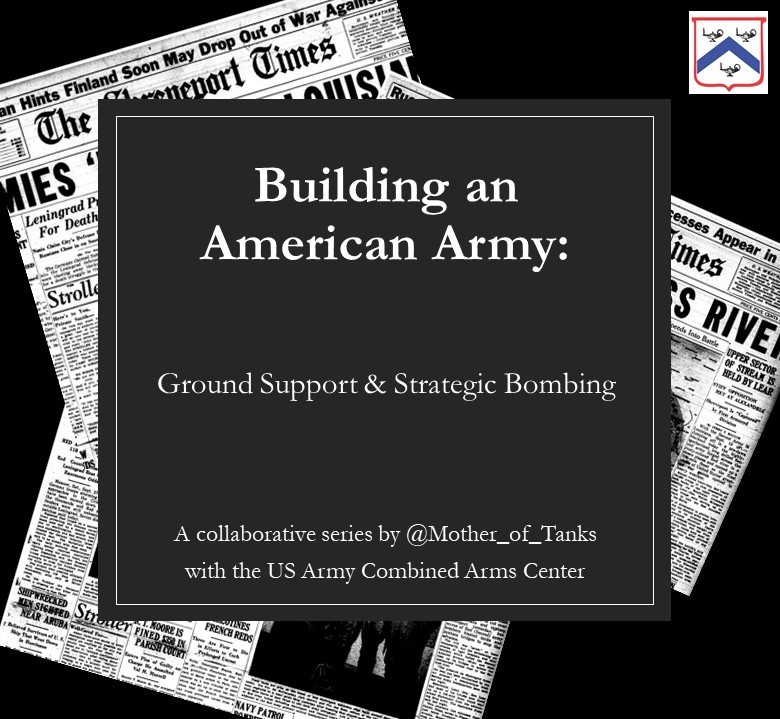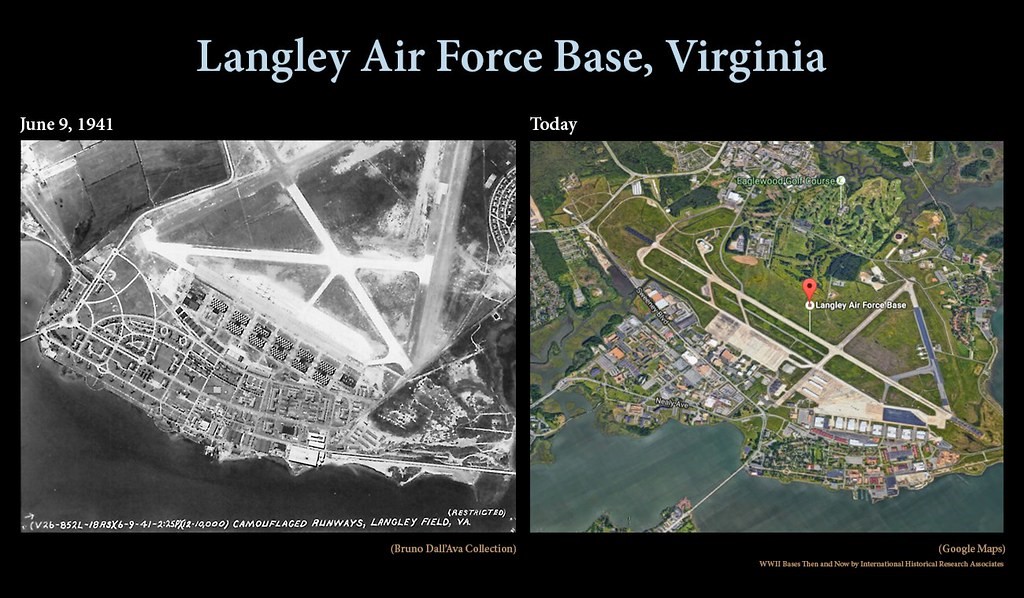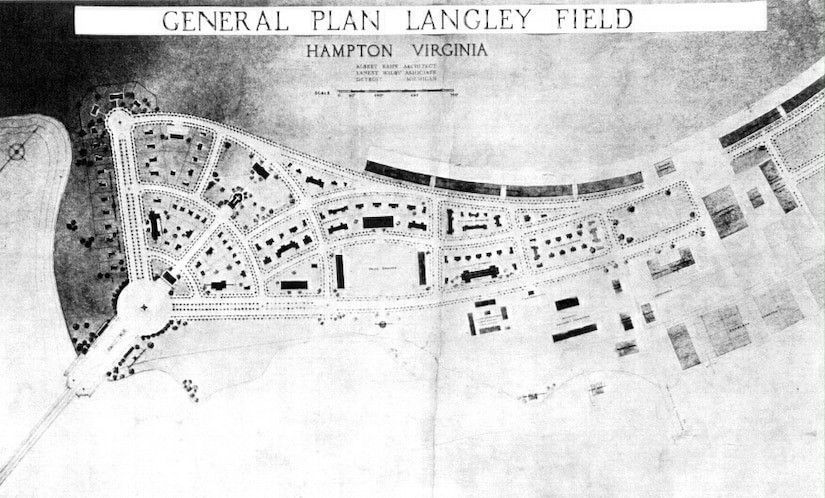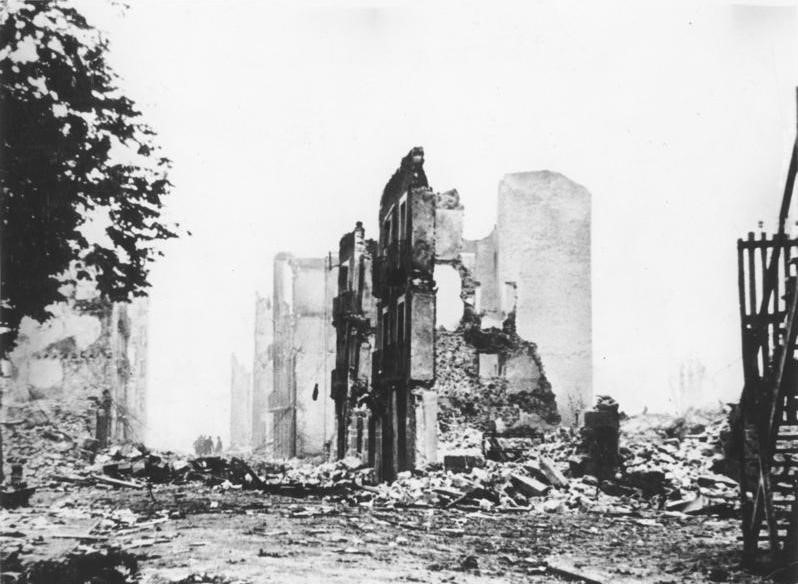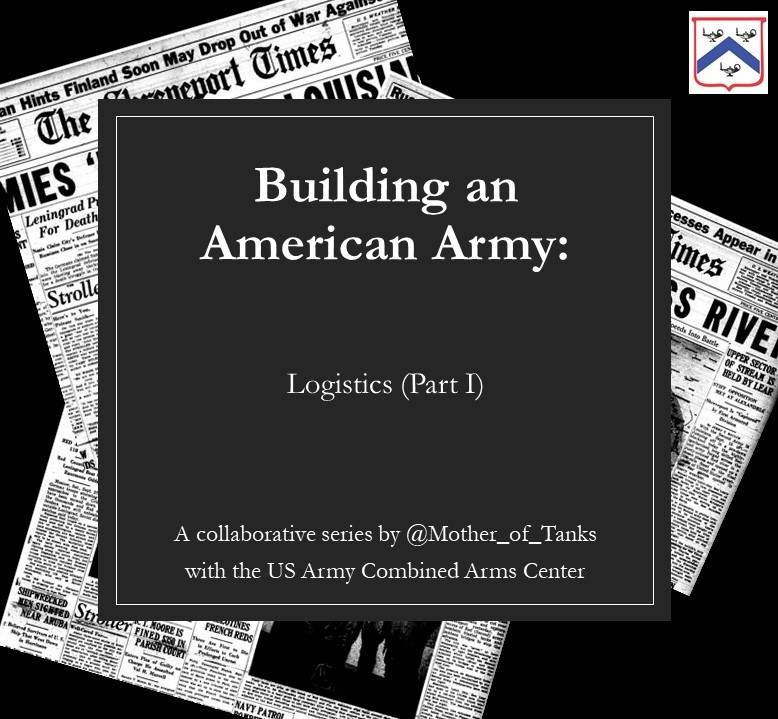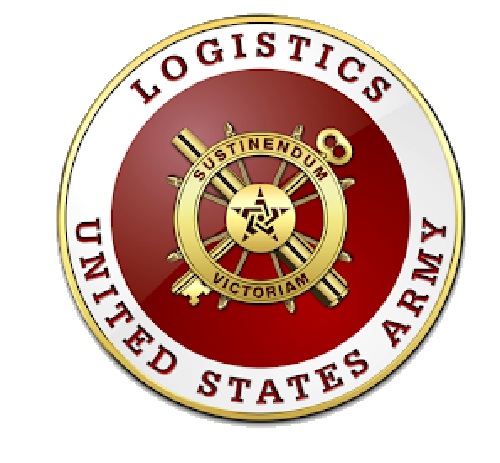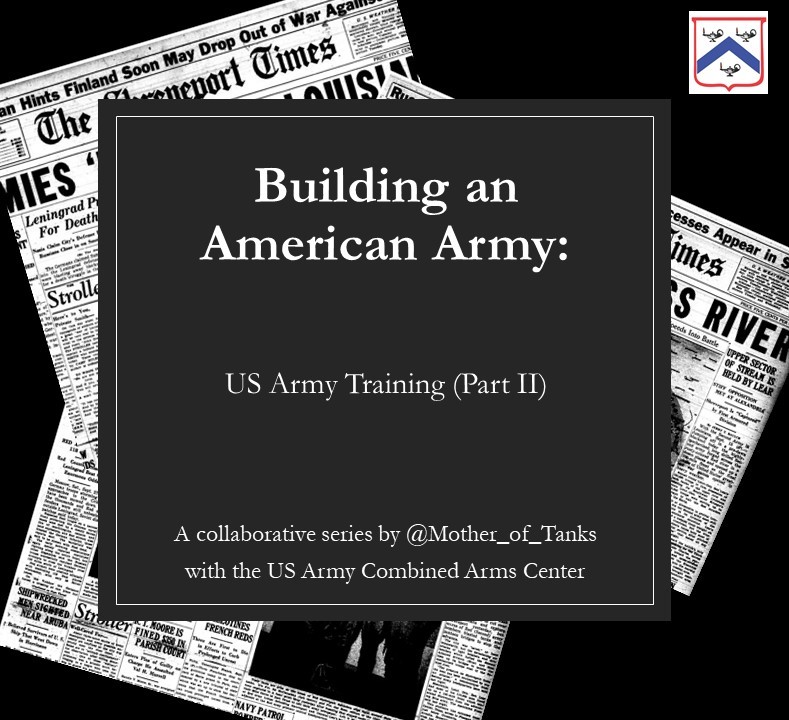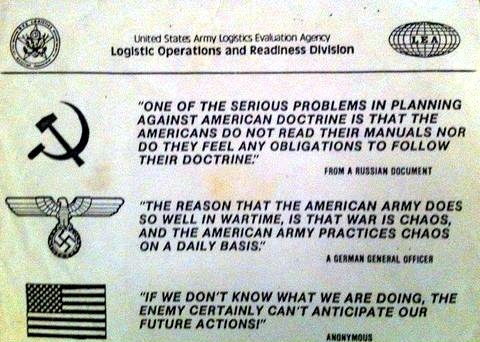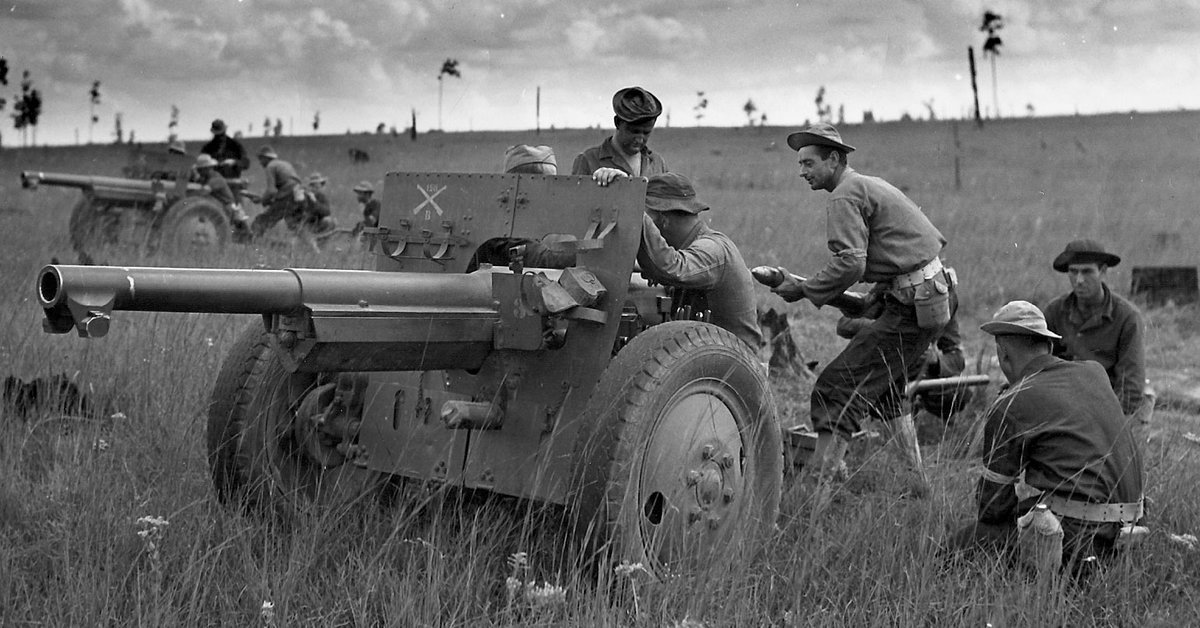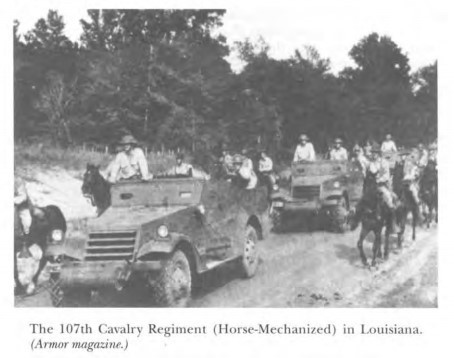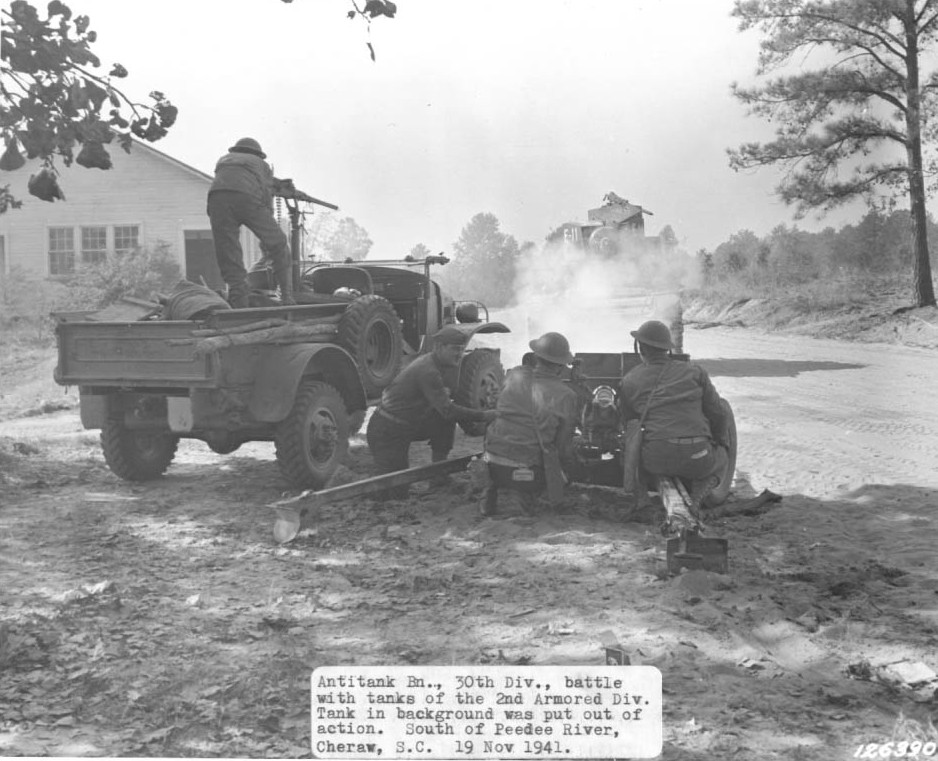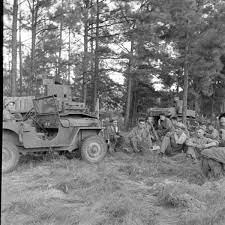
As we’ve mentioned, all parts of the @USArmy suffered from limited funding throughout the Interwar Years, and a significant factor contributing to that was the general isolationist sentiment throughout the country.
Some officers criticized the lack of available resources (including soldiers), while others made efforts to help maximize use of the resources they had.
Douglas MacArthur ventured dangerously close to insubordination with his criticism directed at Congress, in particular. 

It doesn’t appear to have hurt him career-wise as he served as Army Chief of Staff from 1930-1935, during which time he continued to be a strong advocate for increased funding. Not too successful an advocate, but a loud one. 

Quite a few officers published articles in the branch journals arguing the need for increased funding, while other officers published observations that acknowledged the limited appropriations, though sometimes extreme, “were the proper policy for the United States” at the time.
“The essence of the National Defense Act is that it brings the expense within reasonable limits by eliminating all those things which can be done within a reasonable time after the declaration of war” 

“And provides for obtaining and having in readiness only those things that take a long time to obtain and prepare.”
Part of the argument over resources was the now-perpetual concern over how we prepare for the rapid expansion of the military in the event of another conflict. As Dr Schifferle notes, this was often linked to lessons learned from WWI. @USArmy_CALL @ArmyUPress @USArmyCMH 

Despite the funding issues, the Interwar Years did have large-unit maneuvers (exercises) on occasion, and annual Command Post Exercises (CPXs) which might sound familiar 👀
Journals criticized these efforts for being unrealistic, but the exercises offered training opportunities for those within the units, and reports published afterward provided insight to readers, similar to how the Key Observations published regularly by MCTP provide insight. 





As an example, Dr. Schifferle mentions the results of a 1923 maneuver, published by then-MAJ Chaffee in 1924. The maneuver involved @1stCavalryDiv and took place in Texas on land about as big as “that of the land area of the state of Rhode Island”. 



“The maneuver included road and rail movements, both horse-drawn and motorized, and the entire @1stCavalryDiv. Using radios for communication, the division deployed distances in excess of 200 miles to the training area.” 



“Upon arrival, umpires oversaw the two-sided maneuvers, which included 8 days of force-on-force maneuver.” (We’ll talk more about the umpires later.) 

The maneuvers and their published results helped @USArmy leaders identify issues involved in things like command and control over long distances, the movement of troops and equipment, and coordinating smaller units to function as large, cohesive organizations.
We still conduct CPXs, and we do something even bigger – Warfighter Exercises (WFXs). Unlike maneuvers, which are closer to what we see at the “dirt CTCs” (NTC, JRTC, JMRC) with the deployment of equipment and forces to training areas, WFXs focus on training staff functions. 

And much like now, in the Interwar Period not everyone appreciated these approaches to training.
In “America’s School for War”, Dr Schifferle notes that the CPXs weren’t without criticism. General Hawkins, a “frequent contributor to Cavalry Journal” complained that the army was going crazy for these Command Post Exercises, which he did not see as realistic. 

At one point, writing about CPXs, Hawkins declared that “commanders must get away from the telephone and go to see for themselves what is happening… [he] appears to forget that his topic was exercises that did not involve troops or terrain.” 

Once the schools were reestablished in the US after WWI, they underwent changes that reflected new focus. “Future combat realities were the primary subject of the officer education system.”
The post-WWI officer corps had a greater appreciation for the needs of competency in the profession of arms, and that competency was seen as “largely a matter of skill in handling large formations in both stable defensive and mobile offensive operations.”
The @ArmyWarCollege and @USACGSC had to be reorganized a bit to divide up their responsibilities. A board was formed to investigate the best ways to approach this, and their recommendations helped shape the schools throughout the Interwar Period to 1940. 



In July of 1925, Army Regulation 350-5 established that the school at @FortLeavenworth would –
“Prepare officers for command and general staff duty by training them in the following:
1) The combined use of all arms in the division and in the army corps;
“Prepare officers for command and general staff duty by training them in the following:
1) The combined use of all arms in the division and in the army corps;

“2) The proper functions of commanders of divisions, army corps, and corps areas and the techniques of exercising command;
and 3) The proper functions of general staff officers of divisions, army corps, and corps areas and the techniques of general staff concepts.”
and 3) The proper functions of general staff officers of divisions, army corps, and corps areas and the techniques of general staff concepts.”

The majority of officers during this time had commissioned from @WestPoint_USMA and would attend a basic course in their respective Branches. This basic course would last an average of 8 months and it would be completed sometime within their first few years in service. 



If selected, some officers would later attend an advanced course in their respective Branches, and a select few would get to go to @FortLeavenworth later as well. At Leavenworth they would study division and corps in combat operations. @USACGSC 

Even fewer would be lucky enough to attend @ArmyWarCollege to study the higher “army, theater, and department levels.” 



In his book in McNair, @MCalhoun47 notes that students attending school at @FortLeavenworth were expected to demonstrate their understanding of basic Army Doctrine. @USArmyDoctrine @USACGSC 

This is the Army’s “common language” and it provides “the foundation for how units operate, ideally leading to a common understanding that provides the essential ability to anticipate friendly units’ and fellow commanders’ actions while communicating in a common language.”
“Before anyone can diverge from doctrine effectively, one must understand it. Officers developed the latter skill at @FortLeavenworth @USACGSC, preparing them to develop the former skill at @ArmyWarCollege.” 



As always, if you're just tuning in or you've missed any of the previous threads, you can find them all saved on this account under ⚡️Moments or with this direct link 💁🏻♀️ twitter.com/i/events/13642…
• • •
Missing some Tweet in this thread? You can try to
force a refresh











